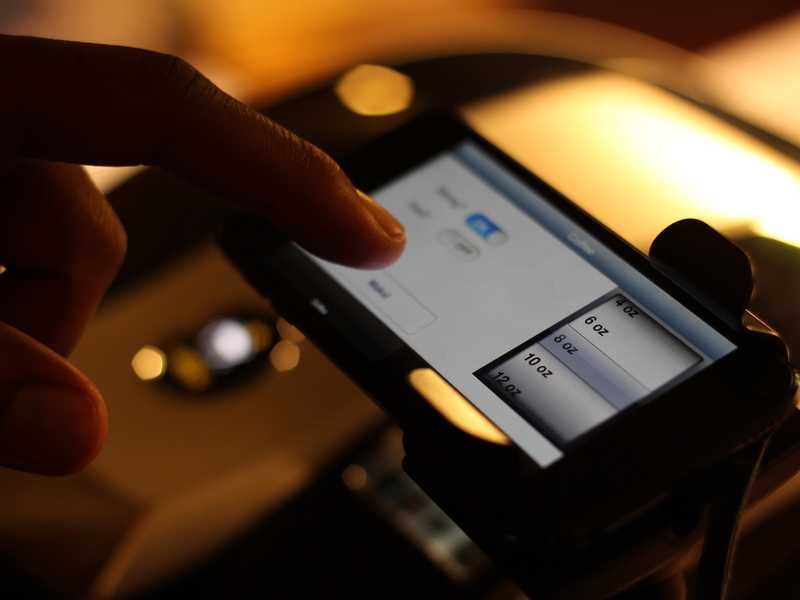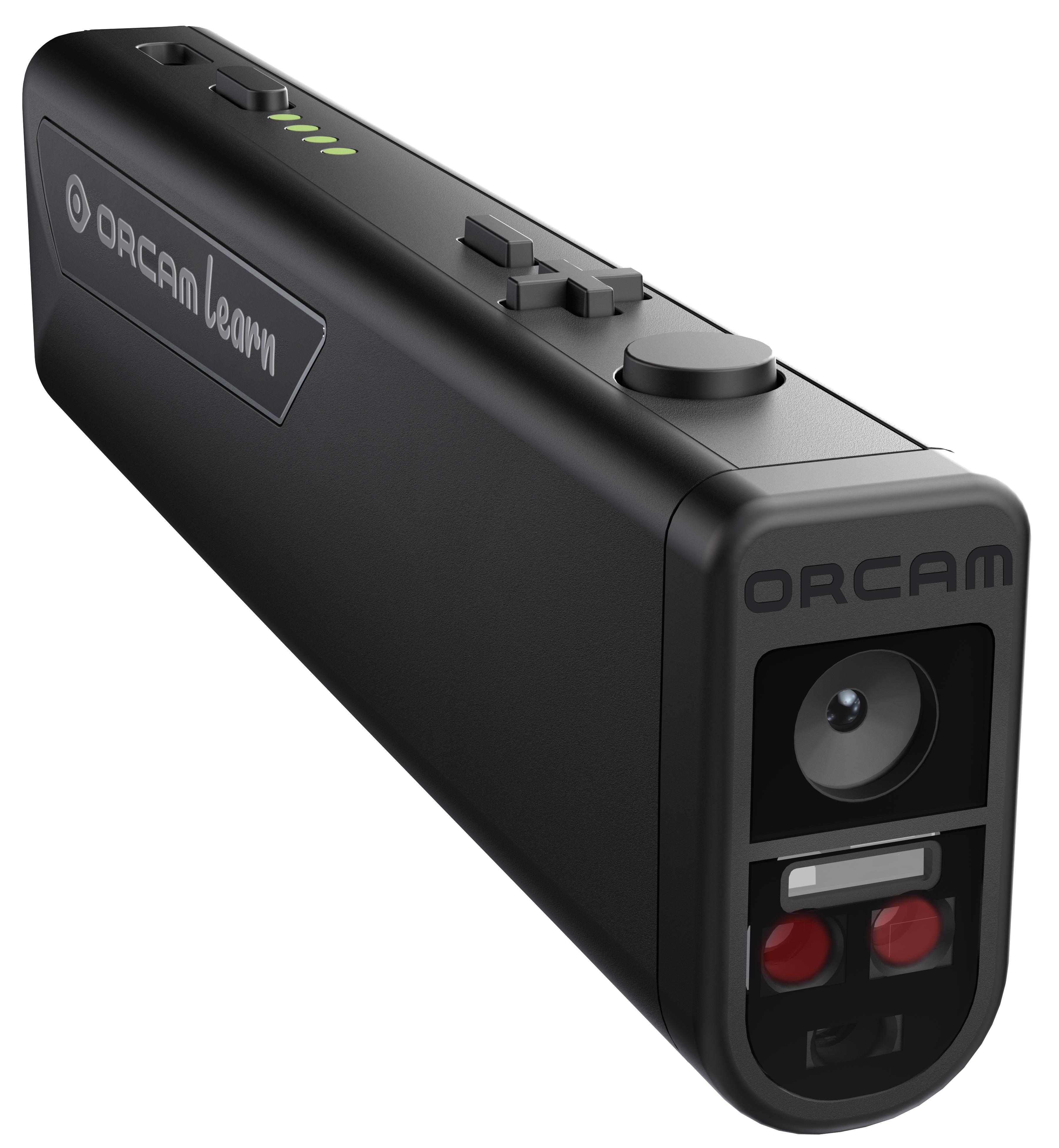Voice-Activated Assistive Devices: Empowering the Visually Impaired
Voice-Activated Assistive Devices: Empowering the Visually Impaired
Blog Article
Empowering Independence With Assistive Technology for the Blind
The combination of assistive innovation into the lives of people with visual problems stands for a considerable development in promoting freedom and self-sufficiency. From innovative display visitors to advanced clever walking canes, these devices not only enhance daily navigating and interaction yet likewise empower individuals to engage meaningfully in numerous elements of life. As we explore the myriad advantages and real-world applications of these innovations, it becomes critical to examine the underlying variables that add to their efficiency and the possibility for future growths in this crucial field.
Introduction of Assistive Innovation

The growth of assistive technology is based in principles of inclusivity and empowerment. Innovations in software, equipment, and sensory enhancements supply individuals with choices customized to their particular demands. From screen viewers that transform text to speech, to responsive devices that share details with touch, these tools change the means people engage with their surroundings.
In addition to practical applications, assistive innovation promotes better social inclusion and involvement in different sectors, including education and learning and work (Braille displays and notetakers). As research and advancement continue to progress, the possibility for assistive modern technology to further boost the lives of visually damaged people remains encouraging, paving the means for an extra fair culture where everyone can grow
Types of Assistive Tools
A selection of assistive devices have actually arised to sustain individuals with visual impairments, each developed to meet particular needs and enhance daily performance. These devices vary from low-tech solutions to high-tech advancements, giving varied alternatives for customers.
Low-tech gadgets include magnifiers and large-print materials that assist in reading and writing. Braille tools, such as Braille slates and styluses, enable tactile reading and communication. Positioning and wheelchair help, like white canes, aid customers browse their environment securely.
On the greater end of the range, digital zoom systems and display viewers offer considerable support. Electronic magnifiers enable individuals to increase the size of text and pictures on screens, while screen visitors convert electronic content right into synthesized speech, assisting in accessibility to info on computer systems and smart devices.
Smart device applications additionally play a critical function, providing features like text acknowledgment and navigation assistance. Wearable innovation, such as smart glasses geared up with increased fact, is becoming an encouraging tool to boost situational understanding.
Benefits of Assistive Technology
The combination of assistive innovation substantially enhances the lifestyle for individuals with visual disabilities. These technologies empower individuals by advertising self-reliance, enabling them to browse their atmospheres a lot more efficiently and do everyday tasks with better simplicity. Screen readers and zoom software program allow individuals to access electronic info, cultivating specialist and educational chances that might have previously been out of reach.
Furthermore, assistive tools such as clever walking canes and general practitioners applications give real-time navigating assistance, enhancing movement and security. This increased autonomy not only improves self-confidence yet additionally urges social involvement, permitting customers to participate even more fully in This Site their areas.
Assistive modern technology also helps with interaction, aiding users get in touch with others with voice acknowledgment and text-to-speech applications. This capacity is important for keeping connections and accessing vital information.
Additionally, the modification options available with several assistive modern technologies make certain that users can customize devices to their details requirements, additionally boosting use and effectiveness. Generally, the benefits of assistive technology for individuals with aesthetic impairments are profound, advertising a much more inclusive society where every person can pursue their goals and ambitions.
Instance Researches and Success Stories
Highlighting the transformative impact of assistive modern technology, various study illustrate exactly how people with aesthetic problems have actually effectively integrated these tools right into their every day lives. One compelling instance involves an university trainee that made use of display reading software program to browse scholastic products and on the internet sources efficiently. This innovation not just promoted her education and learning but likewise boosted her confidence in participating in conversations and team jobs.
One more case study features an expert who employs a smartphone application developed for navigating and things cheap blue light glasses acknowledgment. By utilizing this app, he has regained autonomy in both his personal and workplace, allowing him to commute independently and engage with colleagues extra efficiently.
Furthermore, a senior citizen shared her experience with braille e-readers, which allowed her to access a vast range of literature and remain linked with her community with book clubs.
These success tales highlight the important duty of assistive innovation in fostering self-reliance, boosting quality of life, and advertising social integration for people with aesthetic impairments (Voice-activated assistive devices). By accepting these cutting-edge tools, customers can overcome difficulties and take chances that add to their personal and professional gratification

Future Fads in Assistive Innovation
Technology in assistive modern technology is positioned to redefine the landscape of assistance for people with visual problems. Emerging trends stress the integration of artificial intelligence (AI) and artificial intelligence, which boost the capability of devices that help with navigation and information ease of access. For example, AI-driven applications are currently capable of analyzing aesthetic data in real-time, making it possible for users to engage with their setting more independently.
In addition, the development of wearable modern technology is progressing rapidly. Smart glasses furnished with augmented reality (AR) can provide audio descriptions of environments, changing exactly how individuals communicate with public areas. These tools not only advertise autonomy but likewise foster social addition.
Additionally, the Web of Points (IoT) is making homes smarter, permitting seamless connectivity in between day-to-day devices and assistive devices. This connection encourages users by making it possible for automated actions and voice-activated controls tailored to private requirements.
Final Thought
Finally, assistive innovation plays a crucial function in encouraging people with aesthetic disabilities by enhancing their independence and involvement with their environments. The varied variety of tools and applications readily available not just promotes navigation and communication but also advertises social assimilation and possibilities for individual and specialist growth. As developments proceed in this area, the possibility for enhancing the lifestyle for those with visual disabilities will certainly broaden, promoting greater freedom and empowerment.
Report this page